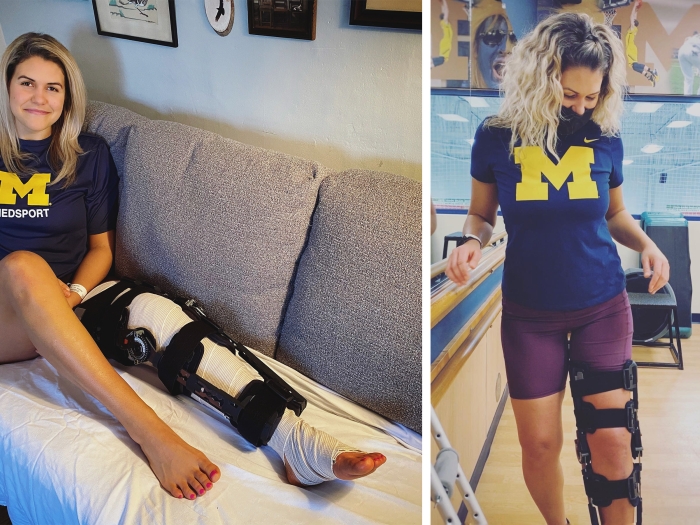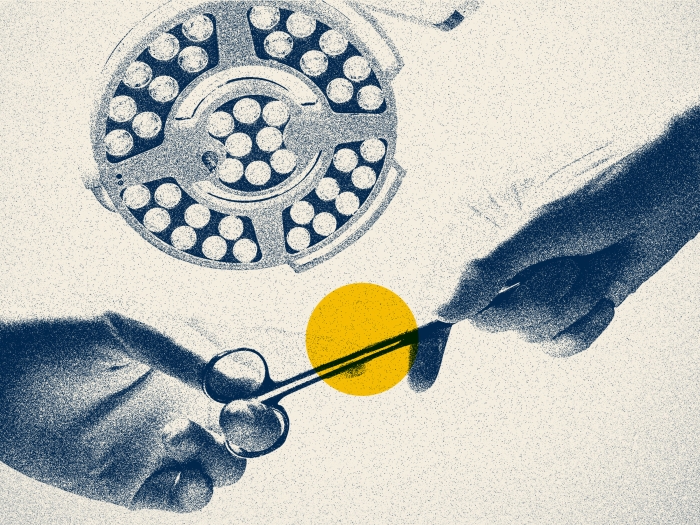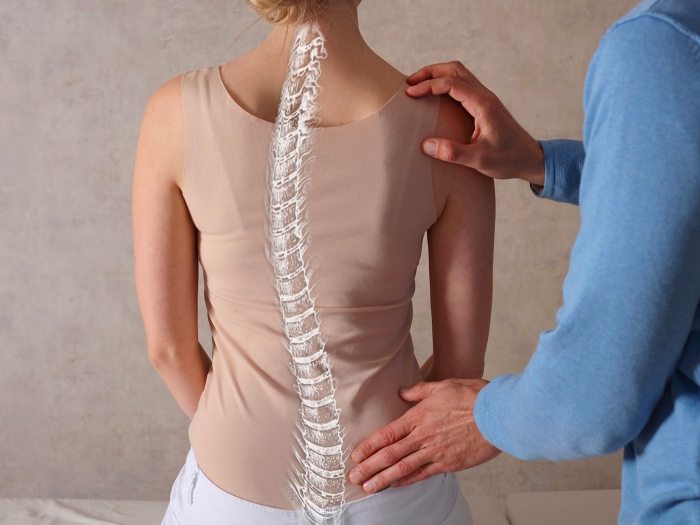Kid's sports injuries are hard to avoid. An expert says knowing the correct steps to heal them is crucial
5:00 AM
Author |

Pediatric sports injuries are common year-round, with a particular increase seen in the summer and fall seasons.
While there's no sure way to ensure your child doesn't get hurt during sporting events, there are steps you can take to help them make an effective, and full, recovery.
Here, University of Michigan Health C.S. Mott Children's Hospital's orthopaedic surgeon and sports medicine specialist, Eileen Crawford, M.D., provides tips on how best to help your kids heal.
What types of kid's sports injuries should you be on the look out for?
Crawford: Various types of injuries can happen with any sport, but some injuries are more commonly associated with specific activities.
In contact or collision sports, traumatic injuries such as ligament tears, meniscus tears and fractures are most common.
Sports such as swimming, rowing and running see more overuse injuries from the repetitive motions that are required.
Pitching in baseball and softball and gymnastics require repeated high stress on the joints that can cause damage to the bone or cartilage.
While these are the common types of injuries we see in these sports, it doesn’t mean that they are the only injuries that occur in a given sport.
How can you help prevent kid's sports injuries?
Proper conditioning, stretching and warm ups are important for preventing sports injuries.
Children should work on building core strength, balance, flexibility and good body mechanics to help prevent them from becoming injured.
While it isn't the fun part of participating in youth sports, it can make it easier to avoid or bounce back from injuries.
Exercises that keep the body ready to fight against injury aren't always built into youth sports practices, so it's worth talking to coaches or getting your child involved in a supplemental exercise program if they aren't doing that type of training with the team.
Sports sampling, for instance, is an excellent way for kids to fully develop their body control and agility. It allows kids to play different sports at various times of the year, aiding in their overall development.
If your child is injured, how do you know when to take them to the emergency room or schedule an appointment with their pediatrician?
Certain injuries require immediate attention.
These include a loss of consciousness (even brief), difficulty breathing, abdominal pain from a sports injury, visual changes, knocked out teeth, vomiting from an athletic event, blood in the urine or stool, and the deformity of a limb. All of these warrant an emergency department evaluation or urgent consultation by your kid's primary care provider.
Rapid swelling or bruising of a body part you suspect is broken should be evaluated promptly as well (within a few days of the injury), but might not require an ED visit if no deformity or open wound is present.
Injuries that are more gradual in their onset of pain, have symptoms that only occur while participating in certain activities, and/or seem to be of muscular origin, can wait to be treated in clinic by a primary care provider.
For injuries that appear gradually, begin treating them when symptoms occur by using ice, over-the-counter pain medications, such as acetaminophen or ibuprofen, compression and rest.
If pains persist, make sure that your child sees a physician to evaluate the symptoms in case there's an injury or disorder that won't get better by using these treatments alone.
What are common mistakes and misconceptions about kid's sports injuries?
A very common mistake [we see] is parents diving into online resources before consulting with a physician or other care provider and getting a diagnosis.
While having readily available internet access makes this easy to do, it can lead to lots of misinformation about the injury and how to treat it.
Talk to your doctor first, get the correct diagnosis, and then ask your doctor to direct you to trustworthy resources.
If you're unsure if your child’s diagnosis is correct after seeing a care provider, get a second opinion before getting too far into online resources.
It's also a mistake to put too much stock in the experiences of your kid's friends or acquaintances who have had, what seems, like the same injury.
Injuries can vary greatly in severity, and children recover at different rates. Looking to the experiences of others can be useful to give some peace of mind and guidance, but it's important to remember at that your child is individual and needs to be treated in the way that is best for them. Talking with your doctor about these experiences can help set appropriate expectations for your child.
Another common mistake that's seen in youth sports injuries is placing your child back into sports too soon.
Children are remarkably quick and effective healers if they do it right the first time. Not properly healing from a childhood injury can set children up for long term issues later in life. It's better to be patient with their healing than push the limit to get them back into sports too early.
How can you support your child through a sports injury?
While it can be challenging, you should try to stay positive and calm, even if you expect the worst. This will help your child process this journey as well as have confidence in their ability to heal.
After an injury, you should check in with your child frequently about their physical and mental health. Having an injury that takes them out of sports for a while can be mentally challenging for children since they miss time with their teammates, feel like they're falling behind, and may feel some loss of identity.
Their mental state will most likely shift over the course of the recovery period, and discussing their emotions surrounding the injury with them will help them process the situation.
It's also very helpful for your kids to have activities outside of sports.
When your child’s identity is solely tied to athletics, an injury that takes them away from sports is much more devastating than when the child can turn to other activities, hobbies and social groups.
Physical therapy is additionally, and often, a major component in the recovery process.
Whether it's physical therapy in a clinic, or working on physical therapy exercises at home, it's important to make sure your child is doing the proper exercises recommended to them to ensure a successful recovery.
If possible, and they have one, parents can also work with their kid’s athletic trainer in that particular sport. Athletric trainers have specific knowledge about the sport your child plays and typically know your child as well, so they can provide useful information on how your kid can [best] prepare to return to their sport after an injury and also work with them on techniques to get back up to speed once they've returned.
For more information from University of Michigan Health Sports Medicine, visit Sports Injuries and Sports Medicine or University of Michigan Health MedSport.
Sign up for Health Lab newsletters today. Get medical tips from top experts and learn about new scientific discoveries every week by subscribing to Health Lab’s two newsletters, Health & Wellness and Research & Innovation.
Sign up for the Health Lab Podcast: Add us on Spotify, Apple Podcasts or wherever you get you listen to your favorite shows.

Explore a variety of health care news & stories by visiting the Health Lab home page for more articles.

Department of Communication at Michigan Medicine

Clinical Assistant Professor
Want top health & research news weekly? Sign up for Health Lab’s newsletters today!





